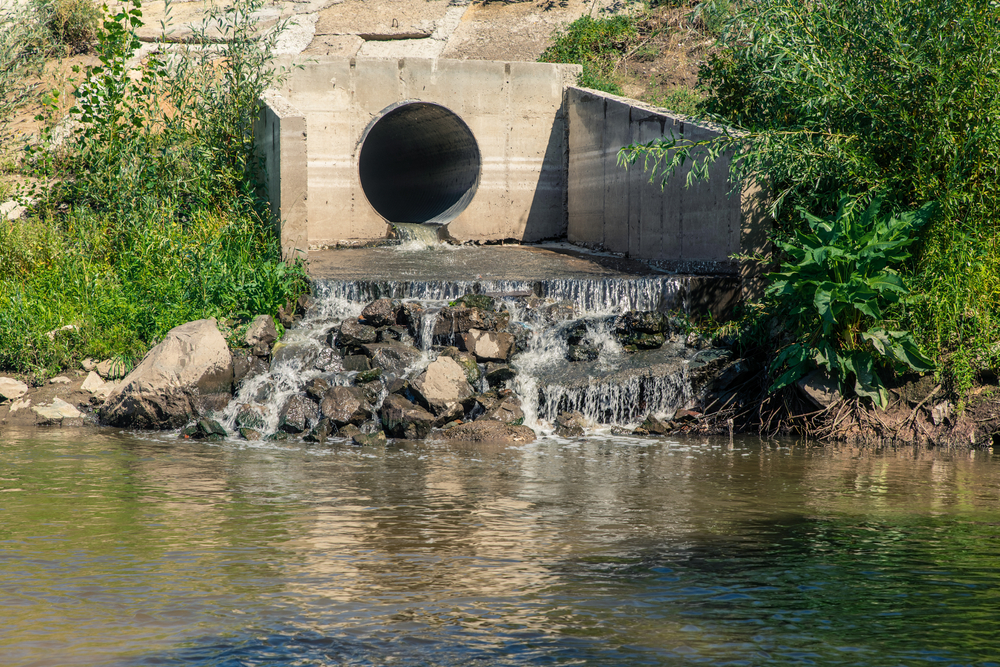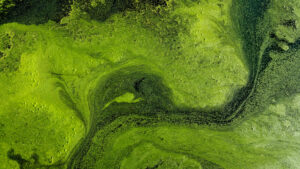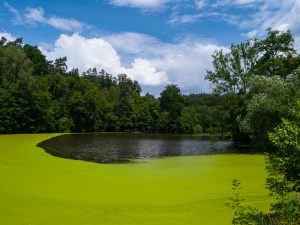Chances are that you’ve seen a culvert along the road, but since you don’t know much about it, you may wonder, “What is a culvert, and why is it important?” These reservoirs help to prevent flooding and provide pathways for run-offs, minimizing erosions.
Some places you’ll find culverts are under roadways and railways in areas with a lot of flooding. The culverts are usually perpendicular to the pathways to facilitate water flow. However, when poorly designed, they can interrupt natural water flow.
What is a culvert and why are they important for flood control? Learn what it is and the different types of culverts so you can be prepared for the next rain. Share on XWhat is it?
A culvert is a tunnel that carries a stream of water under a railway or road and may act as a bridge to allow traffic to pass. Since road embarkments can’t block water flow, culverts are generally constructed under roads and highways to allow water to cross.
Types of Culverts
There are common types of culvert structures, such as box, pipe, and arch culverts. The kind of culvert used for a specific application depends on the water surface elevation, roadway height, and other hydraulic conditions.
- Pipe Culverts: These are the most common culvert designs because they are easy to install and cost cheaper to build. They come primarily in circular shapes.
- Concrete Box Culverts: A box culvert comprises mainly reinforced concrete. However, you must create a dry surface by diverting water before building it.
- Arch Culverts: Arch culverts comprise metal, concrete, stone masonry, and reinforced concrete. However, you don’t have to divert water to build it.
Other types of culverts include pipe-arch culverts and bridge culverts. Steel, concrete, and high-density polyethylene (HDPE) are commonly used to build these culverts.
Maintenance is Important
Culverts tend to fill up with grass, weeds, and other debris. In addition, silt and fallen leaves can accumulate in the culvert, causing drainage problems. As a result, that will interrupt the water flow through the structures. That’s why maintenance is essential.
If your culvert is next to a public roadway, perform routine inspections and maintenance to avoid flooding that may damage the roadway or adjacent properties. Remove the silt, trash, organic debris, and vegetation in the culvert. You can hire an expert to help you.
Call Waterline for Help
So far, you can answer the question, “What is a culvert?” If you are considering building a culvert, choose a design that suits your budget and location. However, building a culvert on the highway requires approval from the Federal Highway Administration. If you don’t know how to go about your culvert construction project, Waterline can help.
Contact us to discuss your culvert construction project with our experts.



